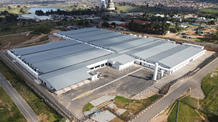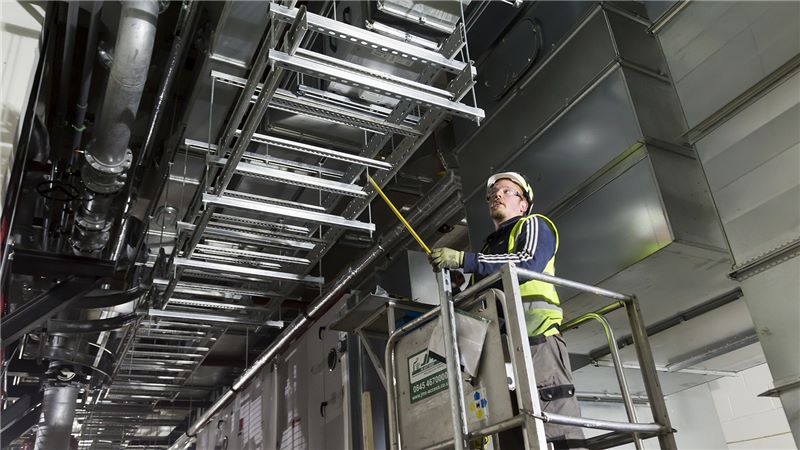Can modular and offsite transform the Australian construction sector?
How can we ensure that the Australian construction industry is fit for the future? Mace’s Jeremy Oakes explores how modular construction could help deliver real change.
All over the world, the construction industry is facing skills shortages, productivity problems and concerns about sustainability and safety.
Increasingly, the sector is turning to offsite and modular construction; where much of the actual ‘building’ takes place in a factory environment and is transported to the construction site.
The benefits will go beyond just productivity and cost. Factory construction is safer and more sustainable, as less packaging is used to carry goods to site and workers are doing complex physical tasks in a climate controlled and enclosed environment.
Workforce issues are also addressed. A fixed factory location and a minimal site workforce means that construction labour becomes more stable and less iterant, while improving wellbeing amongst employees. That should mean we keep people in the industry longer, and that the skills we invest in stay in one place.
Modular will allow us to future proof our buildings. It means flexible structures that are easier to upgrade and alter as the needs of end-users change and develop.
What rooms and uses will we need in hospitals and schools in 20 or 30 years? It’s not always easy to predict, but with a modular construction methodology it’s much easier to alter floor plans to meet unexpected needs.
In Australia, offsite and modular methods have seemed to be on the verge of becoming standard practise for years, but have never quite made it through to the mainstream.
The mining sector, for example, is one that has led the way on modular construction, where the benefits of quick and easy installation and removal, often in remote areas, have always been obvious.
For more standard residential and commercial builds in urban environments, however, modular and offsite have always been attractive in theory but in practise they haven’t delivered the cost benefits required to ensure mass adoption.
It is becoming increasingly clear, however, that this has to change – in order to keep our construction sector productive enough to support wider national economic development, we need to change how we build.
In order to make it viable for everyone, we need to bring economies of scale to the market; to encourage companies to build or leverage factory capacity to reduce costs and increase reliability.
As elsewhere around the world, it appears that it is the public sector that is likely to step in and make this happen as they have access to the economies of scale
The public sector in Australia has already begun a number of modular and offsite construction pilot schemes, exploring the viability of building everything from schools to hospitals in modules.
For years, the education sector has happily used temporary modular units to meet short term space demands in schools – so it should be no surprise that they are an early adopter of complete modular solutions.
The improvement of modular technology has made this adoption easier. One common complaint was always that it was obvious when modular construction methods had been used – that the technique resulted in boring, repetitive design.
Now it has become much easier to deliver structures with custom cladding and design elements that allow for sympathetic architectural design and unique learning environments despite the factory origins of the modules themselves.
By leveraging the sheer scale of public procurement, the public sector will be able to build huge demand for offsite and modular builds.
Beyond the wider impact on the sector, driving down costs and building the skills required to deliver a fundamental shift in construction methods, a push towards modular will also help to build the huge educational capacity we need cheaply without losing out on quality.
We know that the schools in Australia – particularly in New South Wales – are facing a massive enrolment challenges in the coming years. We’re already working closely with the sector to help address that need; but using standard construction methods it’s hard to see how we can build all the classrooms we need.
Modular is the solution – and Government can be the catalyst to change the whole sector.
In the UK, there has been pressure for years for a move wholesale to offsite and modular construction, but the industry has been slow to react and apart from a few notable investments things have remained largely static – at least until recently.
In their Industrial Strategy, published in late 2017, the UK Government has mandated modular construction methodology for the transport, justice and education departments by 2019.
In all of those sectors modular construction is already being adopted – but the mandate will supercharge those efforts.
I would argue that a similar approach from the Australian Government would be a huge step forward; helping to bring our construction sector into the future while reducing public sector construction costs and improving efficiency.
















